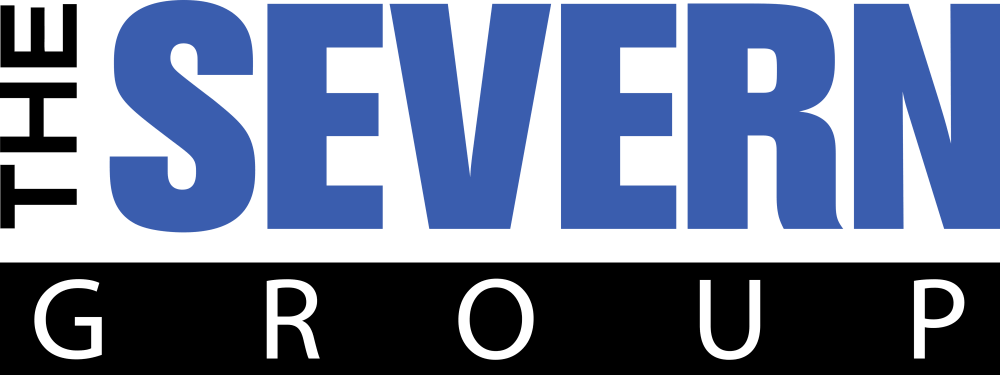Innovative Technologies in Commercial HVAC
There are a lot of technologies we have discussed before. We specifically talked about many trends this year in HVAC technology. Many of these articles focused on indoor air quality, specific systems like chilled beams, and even net-zero buildings. However, there is a lot on the topic we still haven’t covered. When it comes to HVAC, there is a lot of innovative technologies. So, for this article, we will be focusing on topics and systems we haven’t covered before.
HVAC Software
It’s not always the hardware that helps your HVAC systems. Contractors and architects are now incorporating green technology in HVAC design and this includes software. The idea is that this software can not only help in developing a better system but also provide long-term data. It will help save time and money during construction and give long-term money saving solutions to customers.
These aren’t just for new construction though. The software provides energy improvement measures for existing buildings and systems. Installing other technologies, like smart thermostats and sensors, allows the software to help maintain the HVAC systems. This includes, but is not limited to, temperatures, humidity levels, and airflow. All while the technician or facility manager is on their desktop or smartphone.
Not only does software make it easier to manage, by collecting data over time, but it also helps with preventative maintenance. If you know us, this is something The Severn Group heavily pushes. The software can help identify malfunctions or needs for repair faster than monthly or scheduled maintenance.
Ice-Powered Air Conditioning
Now, this isn’t brand new technology; however, it is being used to develop better systems. Ice energy, as some call it, converts water to ice. An air conditioning then uses the ice to help cool the unit during the day. The energy savings here is in when this system is producing the ice at night, which is when the unit has less power being drawn from it. Then during the hot days, it uses the ice to cool the units’ refrigerant. This substantially decreased the amount of electricity a building is using. In total, this can cut overall energy consumption by around 30%.
This is also considered thermal energy storage or TES. In more technical terms, TES systems cool an antifreeze solution at night. This circulates through the tubing of insulated tanks of water. Naturally, ice builds up on these submerged coils. By the morning, the tanks are frozen. Then, during the heat of the day, warm antifreeze solution is run through the same tubing. The built-up ice helps cool the antifreeze and this helps cool the building.
Again, this isn’t new technology. Nevertheless, coupled with solar power could really decrease energy usage. This makes for major cost-savings in the long run.
VR Training for HVAC Technicians
This isn’t a technology that directly helps the sustainability of a building. However, it is important to note. When we think of VR, virtual reality, we typically think of video games. And in a sense, that is exactly what VR training is – a simulation of the real world. The reason we mention VR training is that it is a greener practice. It saves time and money, uses fewer materials, and decreases risk.
These simulations allow technicians, beginners, or experts, to sharpen their skills. And it includes a variety of situations that you won’t always encounter in everyday HVAC maintenance. This doesn’t mean they don’t occur, just that in emergencies or rare situations, technicians can train for these scenarios. It also is way more interactive than reading out of a book.
VR training allows for the hands-on without scheduling hours of training workshops. It also means you don’t need expensive training materials, and storing large practice equipment. Again, all cost and time savings. The VR Training simulations can be reused or updated to reflect current technology. All while not having to invest in the latest and greatest. Lastly, it decreased the risk of issues. In real-life, on-job training, there is a level of risk when working on HVAC systems. VR training gives real-time feedback and correction on mistakes. Therefore technicians can perfect their skills before applying it in real-world situations.
Incorporate Innovative Technologies
This is by no means an all-inclusive list of innovative technologies. Again, these are just a few we haven’t discussed before. If you are looking to design or build an HVAC system that uses less energy and is more sustainable, we can help.
The Severn Group is about pragmatic solutions, not one-size-fits-all. It is imperative to have efficient HVAC systems, not only to save energy but to save you money. Our team of experienced HVAC professionals takes careful consideration into building size, overall design, and formulating your HVAC strategy. Call The Severn Group today to talk about innovative technologies we can include in your building’s HVAC. Also, check out our blog for more innovative solutions and commonly asked questions.
